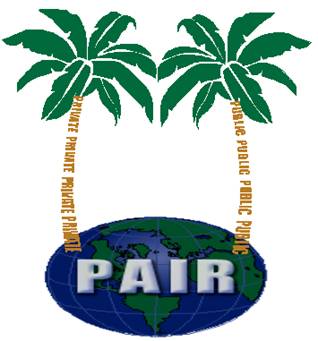Industrial Design Rights
Industrial design rights are defined as the part of the intellectual property rights which confers the rights of exclusivity to the visual designs of objects which are generally not popular utilitarian. It safeguards the appearance, style, design of the industrial object such as spare parts,
textiles, furniture. According to the Industrial Design Society of America (IDSA), "Industrial Design (ID) is the professional service of creating and developing concepts and specifications that optimize the function, value and appearance of products and systems for the mutual benefit of both user and manufacturer." As these designs consist of the aesthetic features therefore they do not provide any protection to the technical features of the article. The origin of design rights can be traced back in the United Kingdom as 'Designing and Printing of Linen Act' (1787).
Designs are used in different products and across the various industries like medical, handicrafts, jewelry, electrical appliances etc. It precludes of any trademark or artistic type of work. In India the ever first design related legislation was enacted by the British Government and was popularly named as the Designs Act, 1911. The Hague Agreement in concern to the international deposit of industrial designs, the WIPO administered treaty, the procedure of the international registration has been laid down. The applicant intended to enjoy the industrial design rights can file the application with the WIPO or in the national office of the nations which are member of the treaty. Due to the application filing with the WIPO, the designs will be protected in various member nations of the treaty. If the right holder wants to protect its rights in multiple jurisdictions then it is required to seek protection separately from each nation. India has still not accepted the Hague System for the International Registration of Industrial Designs, which offers the industrial design owner the right of protecting its design product in various countries on mere filling of the application with the international bureau of the WIPO.
Advantages of Industrial Design Rights
Industrial designs help in making any product or item more beautiful and appealing ,henceforth they help in increasing commercial viability of product and increases its market potentiality. The industrial design registration helps in safeguarding the ornamental or aesthetic elements of the article. Whenever an industrial design is being registered it gives an exclusionary rights to owner against unauthorized use like copying or imitation by third party without his consent. This in turns facilitate fair flow of investment. An effectual system also helps in benefiting public by encouraging fair and effective competition and trading practices which at large bolster the creativity and the final result comes in the form of attractive and beautiful products. Safeguarding of industrial designs help in the overall economic development which promote creativity in the industrial arena.
Industrial Design Rights in India
In present scenario, the Designs Act, 2000 and the Designs Rules, 2001 are governing the India's design law. The industrial design registration grants the proprietor the exclusionary rights of selling, importing and applying it to any product. India has adopted the 'first to file' system, which means that the right holder should file the application on the earliest point of time to rule out the possibility of any other person claiming for the rights of the intended designs. All such persons can apply for the industrial design rights if they are the proprietor of the design and as far as the design is new, not previously published in any nation, reproducible through the industrial means, not against to the public order, distinct from the known designs, not consists of any obscene material, eye catching. According to the designs law in India, the proprietor can file for the design application only if they have their business center in India otherwise they are required to file the application through the attorney/agent who will in turns design search, prepare file and finally done the prosecution of the application. The applicant or its assignee can also file the application directly with the filling of the requisite information. Applicants will be examined by the design offices for ascertaining the availability of the intended designs.
The applicant must respond to any objection within the period of 3 months and if he fails to comply with this time limit then the application would be considered to be rejected. Therefore, on the basis of the responses of the objections filed by the applicant, the Controller of Designs determines that whether the application should be accepted or canceled or should be put up for the hearing. The registration of design is valid for the period of 10 years which can be extended further for 5 years on the payment of renewable fees. One can transfer the rights of the industrial designs to other person or party with the help of an assignment, transmission or license. Registered designs are kept to be open for public inspection only after they publish in the office gazette by paying the prescribed fees.
There are some artistic work which is not possible to be registered as the design- a painting, a sculpture, a drawing (including a diagram, map, chart or plan), an engraving or a photograph, whether or not any such work possesses artistic quality, a work of architecture, any other work of artistic craftsmanship. In case of the piracy of the registered designs, then the person who has contravene the copyright in the design would be held liable for the fine not exceeding to Rs.25,000 and maximum to Rs.50,000. The registration of design can be canceled at any time after filing the cancellation petition with the prescribed fees to the Controller of Designs.
.



















 Posted in:
Posted in: 





















